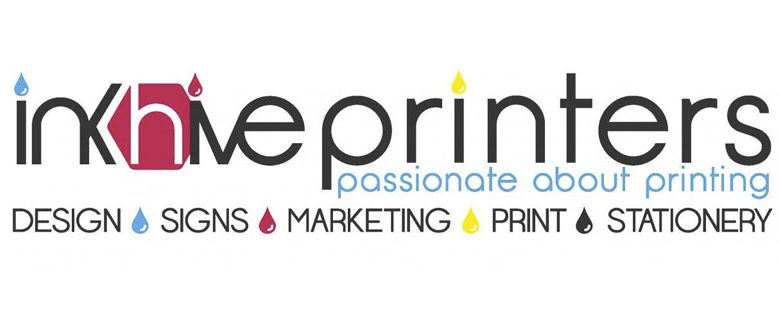The Value of a Business card

A business card is one of the most important marketing tools that you have at your disposal. It is a physical representation of your brand that you can give to potential clients and customers. A well-designed business card can make a big impression and help you stand out from the competition. Make sure that your business card includes your name, contact information, and logo. You should also consider including a QR code that links to your website or online portfolio.
Business cards come in many different shapes, sizes, and colors. They can be made from different materials such as paper, plastic, or metal. The most common type of business card is a standard rectangular card with a white background. However, there are also round business cards, square business cards, and die-cut business cards. Die-cut business cards are the most unique because they can be cut into any shape you want.
Color Business Cards
Color business cards are a great way to make a lasting impression. They are eye-catching and can help you stand out from the competition. Many people keep business cards as keepsakes, so it’s important to choose a design that reflects your brand. Be sure to include your contact information, website, and social media handles. If you’re looking for a truly unique business card, consider adding a QR code that links to your website or online portfolio.
In an era dominated by digital communication and virtual connections, it’s easy to overlook the impact of a well-designed business card. However, despite the rise of online networking, these tangible marketing tools continue to hold immense power in establishing professional connections and leaving a lasting impression on potential clients and customers. In this article, we will explore the significance of business cards and delve into the key reasons why they remain essential in today’s digital age.
- Establishing a Personal Connection: In a world saturated with digital interactions, a business card provides a personal touch that cannot be replicated by a LinkedIn profile or email signature. The act of physically exchanging business cards fosters a sense of connection and facilitates face-to-face interactions. It allows individuals to engage in meaningful conversations, make eye contact, and establish a genuine rapport. This personal connection is invaluable in building trust and leaving a memorable impression.
- Tangible Brand Representation: A business card serves as a physical representation of your brand. Its design, color scheme, and overall aesthetic should align with your brand identity and messaging. By carefully selecting the visual elements and incorporating your logo, you create a cohesive and professional representation of your business. When recipients hold your card in their hands, they should instantly recognize and associate it with your brand, reinforcing your credibility and professionalism.
- Memorable and Shareable: Well-designed business cards have a remarkable ability to stick in people’s minds. They are often retained as keepsakes or shared with others, extending your brand’s reach beyond the initial interaction. The unique design, shape, or creative elements of your card can spark curiosity and make it stand out in a sea of rectangular white cards. When recipients showcase your card to others or refer to it later, it serves as a visual reminder of your brand and the positive experience they had with you.
- Convenient Access to Contact Information: While digital platforms offer easy access to contact information, a business card provides a hassle-free way for recipients to retrieve your details quickly. Whether it’s during a conference, networking event, or chance encounter, a business card eliminates the need for searching through emails or scrolling through online profiles. With your contact information readily available in their wallet or cardholder, potential clients and customers can effortlessly reach out to you when the need arises.
- Incorporating Digital Connectivity: Business cards have evolved to adapt to the digital landscape. By incorporating a QR code on your card, you bridge the gap between traditional and digital marketing. The QR code can be scanned by smartphones, instantly redirecting recipients to your website, online portfolio, or social media profiles. This seamless transition from the physical to the digital realm allows recipients to explore more about your business and engage with you on various platforms.
Conclusion:
In a digital age where virtual connections are increasingly prevalent, the power of business cards should not be underestimated. They provide a tangible representation of your brand, establish personal connections, and create lasting impressions. By leveraging the unique design elements, incorporating digital connectivity, and ensuring convenience, business cards remain an essential tool for effective networking and brand promotion. Embrace the tangible, and let your business cards leave a lasting mark in a digital world.

